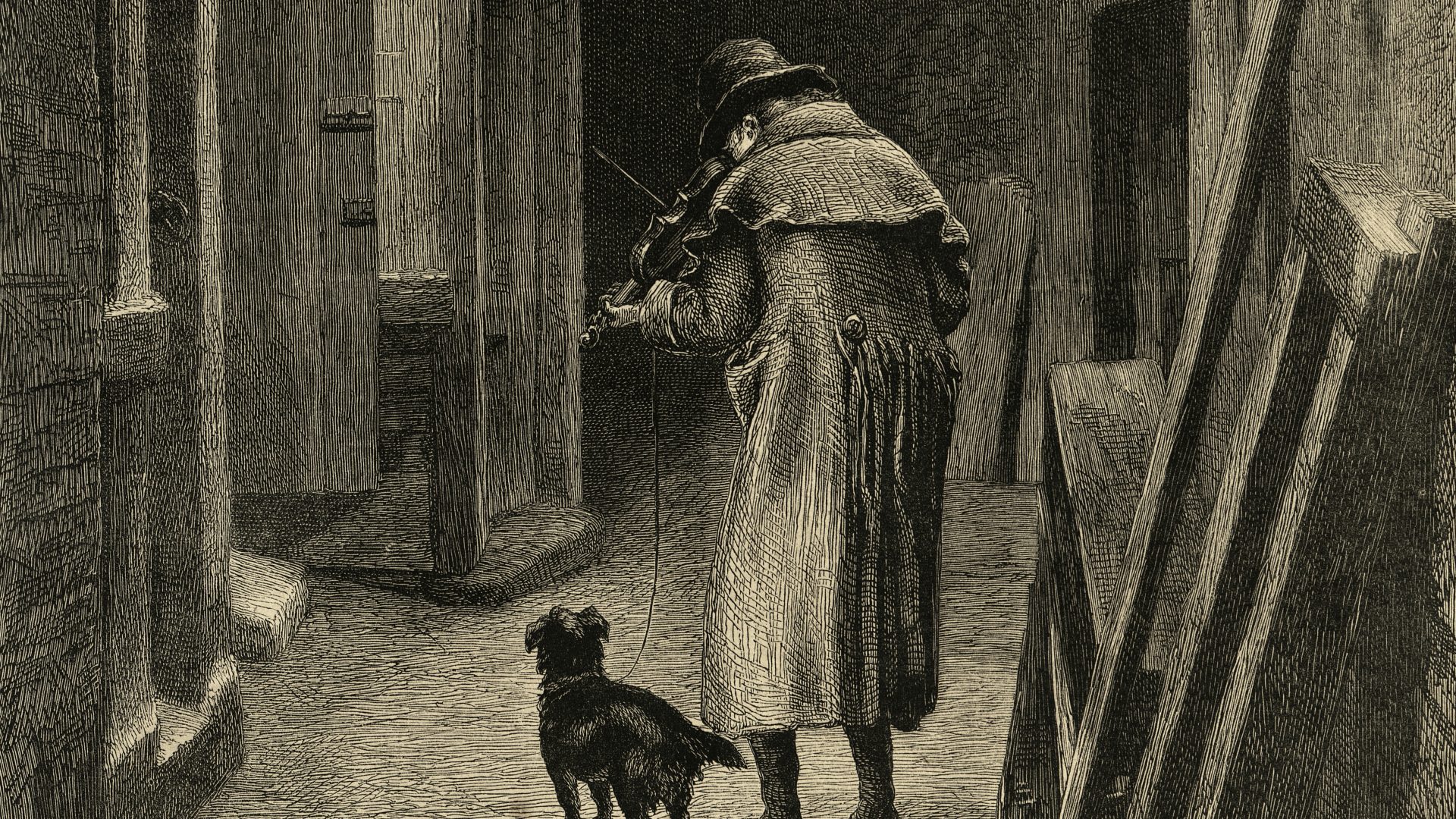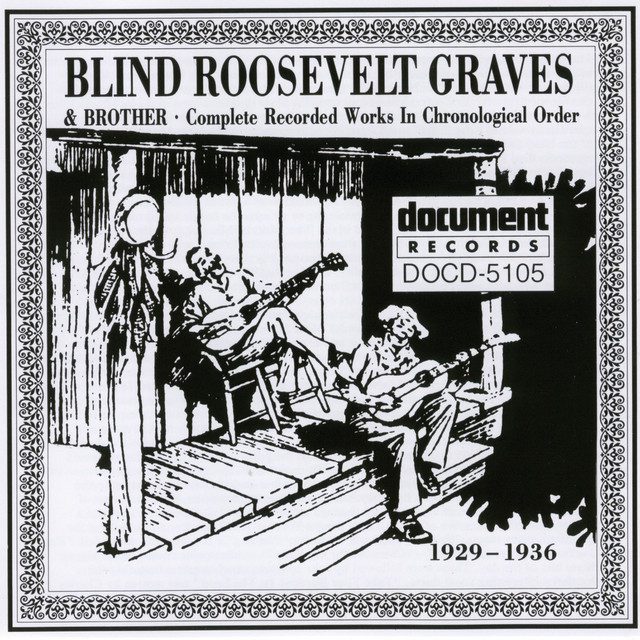To ensure gift delivery by 12/25, please place orders via UPS shipping no later than 12/17.
CloseNational Dog Month: A History of Guide Dogs

To celebrate National Dog Month, APH Librarians are highlighting one of our favorite books about the history of guide dogs.
A Brief History of Dog Guides for the Blind by Nelson Coon takes you through the long history of guide dogs, starting with one of the first artistic representations of the use of guide dogs – a fresco found while excavating Pompeii from 79 CE!
Published in 1959 by Perkins School for the Blind in conjunction with The Seeing Eye, a guide dog training school and the origin of the term “seeing eye dog,” the book highlights artwork and reference materials from The Blindiana Reference Library’s collection at Perkins.
The book explores the history of dog guides and how their usage and training has changed over the centuries, for instance, the transition from use of a leash to a rigid harness. The cultural depictions of guide dog users are discussed, including how many blind individuals are portrayed as musicians and are almost always men. It also examines the global range of the representation of guide dogs in artwork, with evidence of their usage being found in Europe and as far away as China.
Many of the pieces discussed in the book are also freely available to view through the Perkin’s School for the Blind Archive’s digitized collection on guide dogs. Artistic representations highlighted include wood prints, paintings by famous artists like Rembrandt, and even an early form of moving pictures.
In addition to artistic works representing guide dogs, a collection of articles relating to early training methods of guide dogs is highlighted in the book. Joseph Reisinger of Vienne, born in 1755, trained his own dogs, developing a method for traversing obstacles independently. Another guide dog trainer was Jacob Birrer of Germany, who published a detailed book in 1845 explaining his method for training dogs. He went into details as to why he believed a spitz dog was superior to the other popular guide dog breed at the time, the poodle.
Interested in viewing more of the APH library’s digitized collection? Check out our M.C. Migel Memorial Collection Internet Archive page to see more!
Share this article.
Related articles

Blind Musicians Collection Listening Station
Do you know a blind or low-vision artist who has recorded music? We would love to preserve their legacy, alongside...

Blind Roosevelt Graves and the First Recorded Rock & Roll
Did you know that the first recorded rock n’ roll is attributed to a blind musician? The musical group, Blind...

APH Celebrates National Library Week!
National Library Week is an annual celebration of the value and impact libraries across the country bring to their communities....
